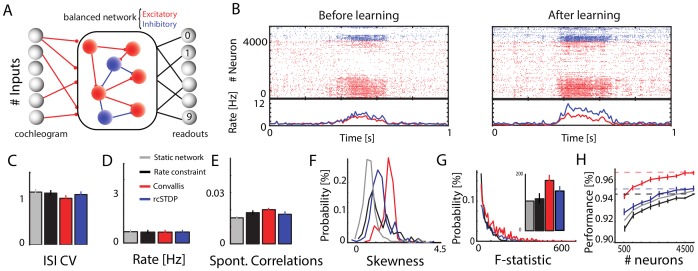Figure 5. Learning and classification in a balanced recurrent network.
(A) Network illustration. A set of 3600 excitatory and 900 inhibitory recurrently connected neurons are driven by an external excitatory input drawn from a cochleogram simulated as before. Excitatory synapses within the network are plastic while inhibitory synapses and external inputs are kept fixed. A population of linear readout neurons use the spike counts of the recurrent excitatory neurons to classify the spoken digits. (B) Illustration of population activity in the network, before and after learning, in response to a particular digit. The rasters show activity of the entire population of excitatory and inhibitory neurons (red and blue) to a single digit presentation; the lower curves show population-averaged firing rate throughout this trial. Note that training produces no visible change in global network dynamics, which maintains an asynchronous regular state. (C–E) Distributions of ISI CVs, firing rates, and pairwise correlation coefficients (averaged over 2000 randomly chosen pairs of cells) in the network before and after learning with rate constraint only, rcSTDP, or with the Convallis learning rule. Note that none of the learning rules produce a change in any of these measures of network dynamics. Error bars show the standard deviation. (F) Distribution of membrane potential skewness for 200 randomly chosen cells in the network before or after learning. Note that skewness is highest with the Convallis rule. (G) Distribution of the tuning sharpness (as measured by F-statistic) for all neurons before and after learning. Inset displays the mean of the distributions. Error bars show standard deviation. (H) Classification performance as a function of the number of neurons considered by the external classifier. Errors bars show s.e.m over 10 different simulations, run independently from different random seeds. While Convallis learning produces improved performance, rate constraint did not, and rcSTDP produced a smaller but still significant improvement ( ).
).

